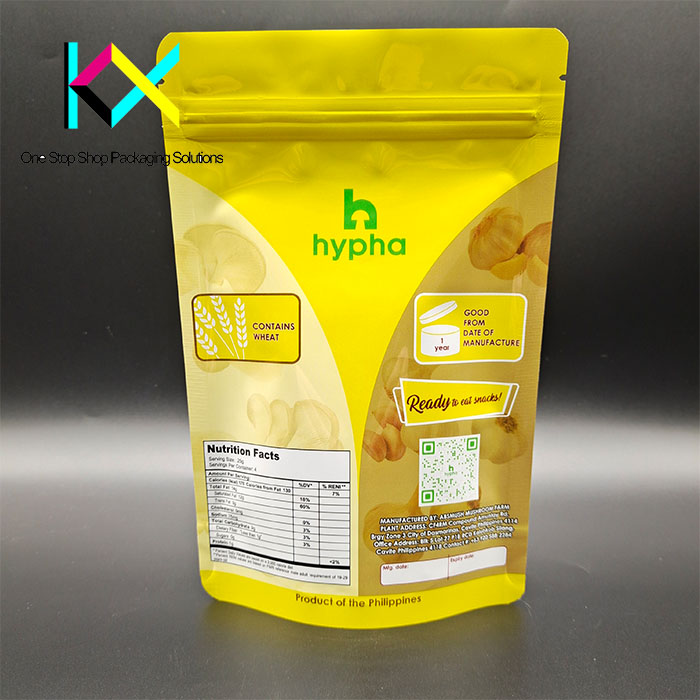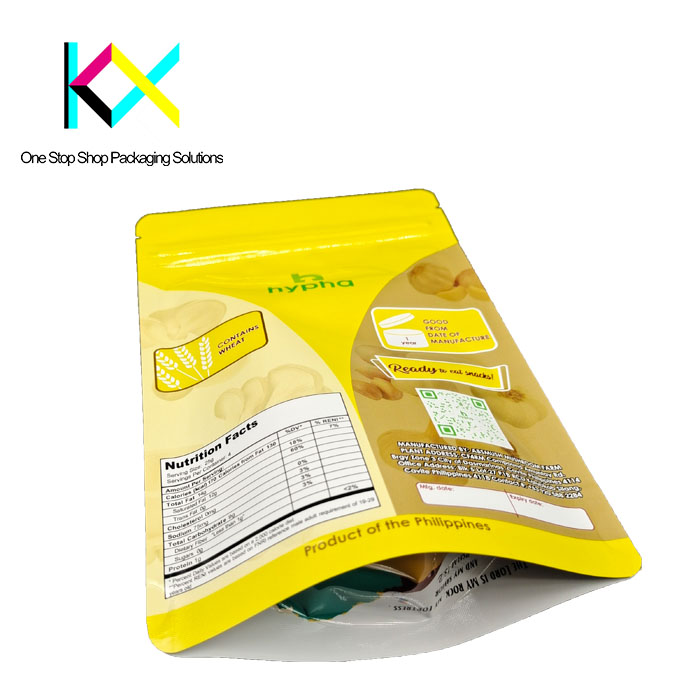The Layers of Plastic Packaging Bags: Functionality and Innovation in the Industry
Plastic packaging bags, a ubiquitous component in the global packaging industry, are designed to meet a variety of functional and aesthetic requirements. These bags typically consist of multiple layers, each serving a unique purpose to ensure durability, protection, and product appeal. With the rise of innovative technologies, such as digital printing and advanced composite materials, packaging manufacturers, including companies like Kexin Packaging, have been at the forefront of transforming traditional plastic packaging into highly functional and visually attractive solutions.
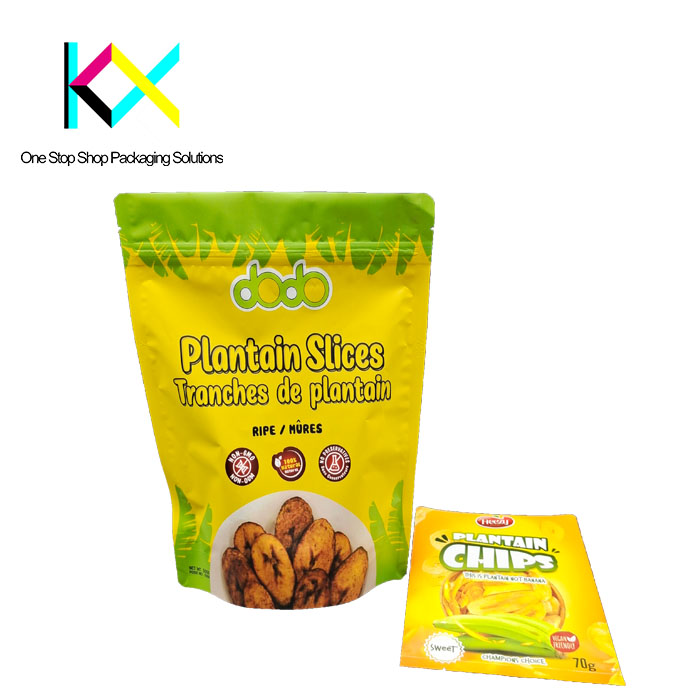
The Structure of Plastic Packaging Bags
Most plastic packaging bags are made using a multi-layer structure, often comprising two, three, or more layers. Each layer is designed with specific functions in mind, combining strength, barrier protection, and visual appeal. The key layers found in these bags include:
Outer Layer: The outermost layer serves as the bag’s primary protective shield against external factors such as moisture, light, and physical stress. This layer is usually made from a durable plastic material like polyethylene (PE) or polypropylene (PP), which is resistant to tearing and provides strength for the overall packaging.
Barrier Layer: The core function of the barrier layer is to prevent the transmission of gases, moisture, and other contaminants that could affect the quality of the packaged product. Materials like low-density polyethylene (LDPE), ethylene vinyl alcohol (EVOH), or nylon are often used for this layer due to their excellent barrier properties. For food packaging, this layer is crucial for maintaining freshness and extending shelf life.
Adhesion Layer: This layer is crucial for ensuring that the different components of the multi-layered packaging stick together without compromising the integrity of the bag. Adhesion layers are typically created using specific types of resins or adhesives that bond the various plastics without degrading the bag’s strength or flexibility.
Inner Layer: The innermost layer often comes into direct contact with the packaged product. This layer can be made from food-safe materials, such as polyethylene or specialized films, to ensure the product is sealed in a hygienic and secure environment. In certain cases, this layer may also be designed for specific purposes, such as heat resistance or anti-static properties.
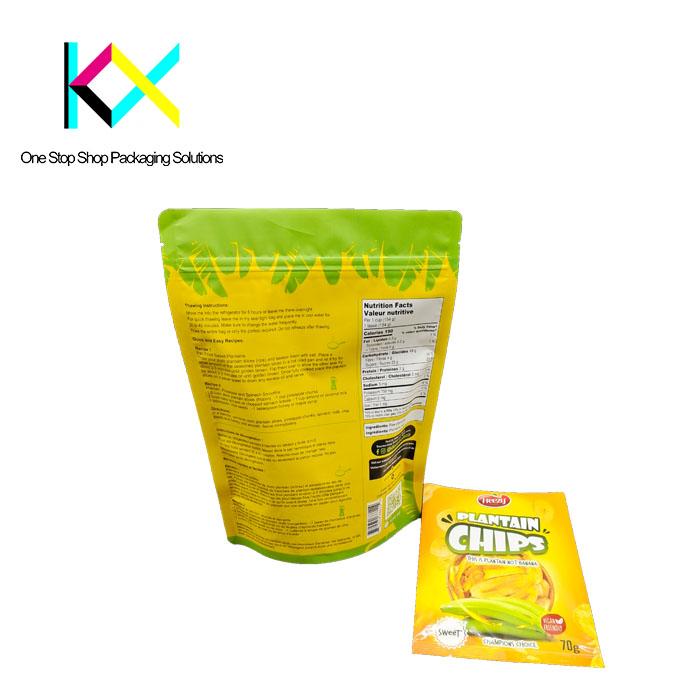
Digital Printing in Packaging: A New Era of Customization and Efficiency
In addition to the traditional manufacturing techniques, the integration of digital printing technology has revolutionized the packaging industry. Digital printing allows for precise, high-quality graphics to be printed directly onto the plastic packaging bags. Unlike conventional printing methods, digital printing does not require printing plates, enabling faster turnaround times and greater flexibility in design.
Companies like Kexin Packaging have embraced digital printing to offer custom-designed composite packaging bags that meet the unique needs of their clients. Digital printing allows for high-resolution images, vibrant colors, and detailed designs that are essential for branding and consumer appeal. This innovation is particularly important in industries such as food and beverage, pharmaceuticals, and cosmetics, where packaging is often a key factor in attracting consumers and conveying product quality.
With digital printing, businesses can now achieve more personalized packaging with small run sizes or even customized prints for limited editions. This flexibility in design and production also enables more sustainable approaches to packaging, as companies can avoid overproduction and minimize waste by printing only the quantities required.
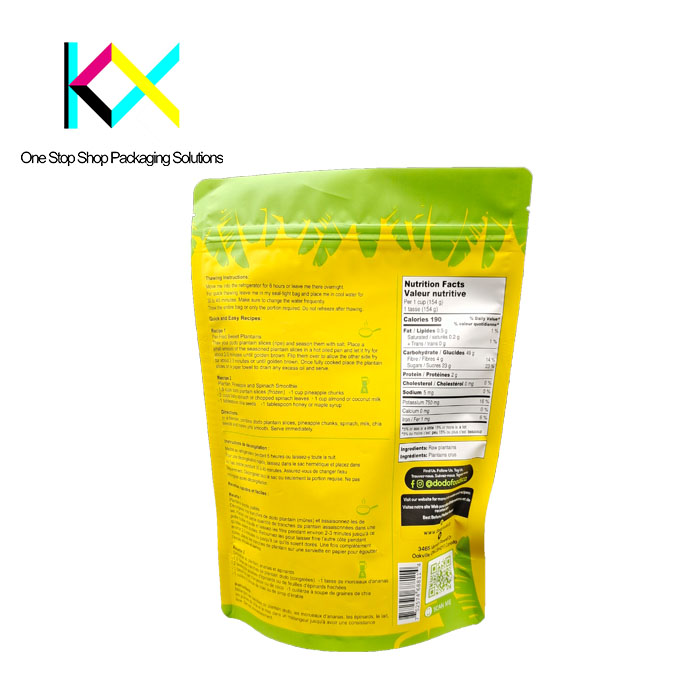
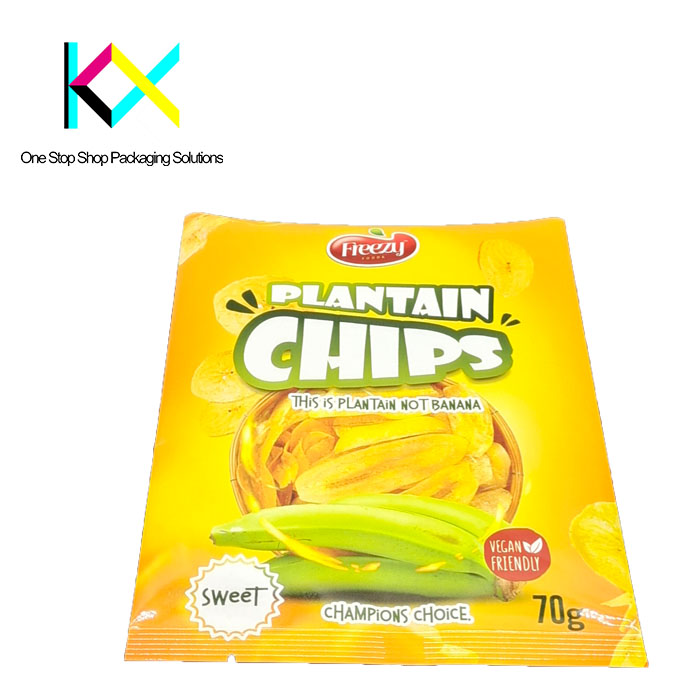
Kexin Packaging: A Leader in Composite Packaging Solutions
As a leading manufacturer in the packaging industry, Kexin Packaging specializes in the production of a comprehensive range of composite packaging bags. These bags are designed to meet a variety of industry needs, from food packaging to industrial applications, and are produced using advanced techniques, including multi-layer extrusion and digital printing.
Kexin Packaging’s expertise in creating full-series composite packaging bags enables them to offer tailored solutions for customers seeking both functionality and aesthetics. Whether it’s a three-layer bag for product protection or a more sophisticated multi-layer design for advanced barrier properties, Kexin Packaging provides packaging solutions that meet the highest standards of quality, durability, and sustainability.
In addition to offering a broad range of packaging solutions, Kexin Packaging is committed to environmental sustainability. They employ eco-friendly materials in their production processes and work closely with clients to reduce waste and promote the use of recyclable or biodegradable materials in their products. This aligns with the growing global demand for sustainable packaging solutions that reduce environmental impact.
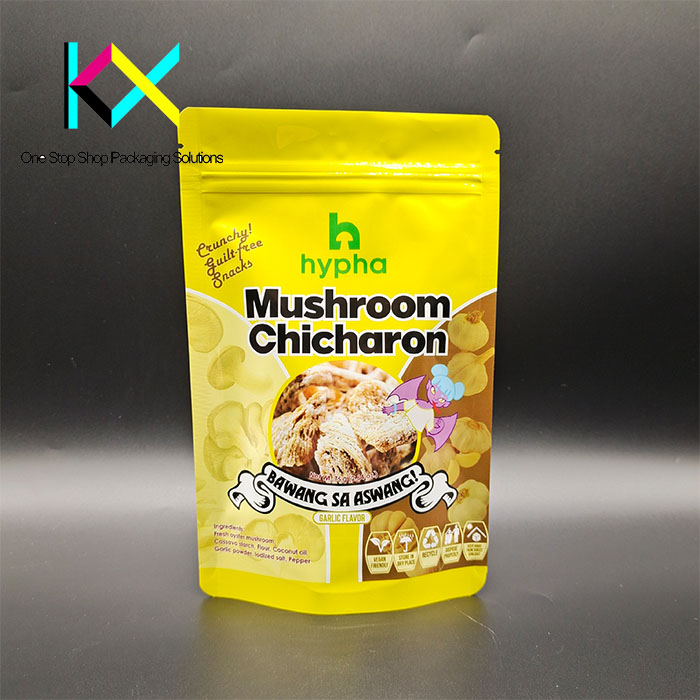
Industry Trends and the Future of Packaging
The packaging industry is undergoing rapid transformation driven by consumer demand for sustainability and innovation. The shift toward eco-friendly and biodegradable plastics is becoming more pronounced, and digital printing continues to enable better product branding with reduced environmental costs. Companies like Kexin Packaging are contributing to these shifts by offering multi-layered composite bags that are not only durable and protective but also customizable, functional, and eco-conscious.
As the industry evolves, the use of advanced materials and digital technologies will continue to shape the future of plastic packaging. From smart packaging solutions to improved barrier properties, the possibilities for plastic packaging are limitless. With the ongoing development of innovative technologies and sustainable practices, packaging manufacturers will remain pivotal in addressing the challenges of both functionality and environmental responsibility.
In conclusion, the multi-layered structure of plastic packaging bags is essential to the modern packaging landscape, offering a balance of protection, durability, and customization. As digital printing technology and innovative packaging manufacturers like Kexin Packaging continue to push the boundaries, the future of plastic packaging looks brighter, more personalized, and more sustainable than ever before.
You can visit our website to know more about our flexible packaging pouch:
